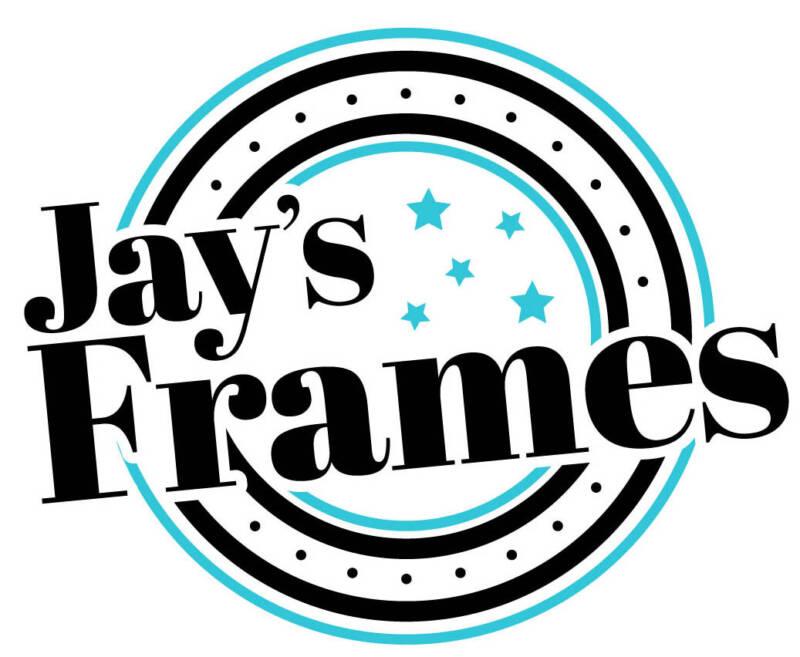Title: What is Museum Quality Custom Framing?
Introduction:
Preserving and displaying artwork is a delicate task that requires careful consideration of various factors, including protection from environmental hazards, aesthetic presentation, and longevity. Museum quality custom framing plays a crucial role in safeguarding valuable artworks, artifacts, and archival materials. In this article, we will explore the style, methodologies, and significance of museum quality custom framing in the realm of preservation and conservation.
Understanding Museum Quality Custom Framing:
Museum quality custom framing refers to the specialized techniques and materials used to create frames for artwork that meet the stringent requirements of museums, galleries, and archival institutions. These frames are designed to provide optimal protection, support, and aesthetic enhancement for the artwork, ensuring its long-term preservation.
Materials and Techniques:
a. Conservation-Grade Materials: Museum quality custom frames are made using archival or conservation-grade materials that are acid-free, lignin-free, and have a neutral pH level. This helps prevent the deterioration of the artwork over time by minimizing exposure to harmful chemicals and pollutants.
b. UV Protection: Ultraviolet (UV) radiation from sunlight and artificial lighting can cause fading and damage to artworks. Museum quality frames incorporate UV-filtering glazing, such as acrylic or glass, to reduce the amount of UV light reaching the artwork, thus extending its lifespan.
c. Mounting Techniques: Proper mounting is essential for the long-term preservation of artworks. Techniques like hinging and mounting with acid-free materials ensure that the artwork remains securely attached to the backing board while minimizing the risk of damage.
d. Spacers and Matting: Spacers and matting materials are used to create a gap between the artwork and the glazing. This prevents the artwork from coming into direct contact with the glass or acrylic, allowing for proper air circulation and preventing moisture buildup or sticking.
Considerations for Preservation:
a. Climate Control: Museums and archival institutions maintain strict environmental controls to protect artworks from fluctuations in temperature and humidity. Museum quality frames help create a microclimate around the artwork, providing an additional layer of protection against adverse environmental conditions.
b. Frame Design and Aesthetics: Custom framing not only serves to protect the artwork but also enhances its visual appeal. Professional framers work closely with curators, conservators, and artists to design frames that complement the artwork, its style, and the surrounding space, ensuring a visually harmonious presentation.
Importance of Museum Quality Custom Framing:
a. Preservation: Museum quality custom framing is crucial for the long-term preservation of artworks, preventing physical damage, fading, and degradation caused by environmental factors.
b. Value Retention: Proper framing adds value to artworks, making them more attractive to collectors, galleries, and museums. Museum quality frames protect the investment and increase the artwork’s potential resale value.
c. Aesthetic Presentation: Well-designed frames enhance the visual impact of artworks, drawing attention to the piece while harmonizing with its style, color palette, and theme. Aesthetically pleasing framing can significantly contribute to the overall viewing experience.
Conclusion:
Museum quality custom framing is an art form in itself, combining preservation techniques, material knowledge, and aesthetic considerations. By employing conservation-grade materials, UV protection, proper mounting, and design expertise, museum quality frames provide the optimal conditions for preserving and presenting artworks. Whether in museums, galleries, or private collections, these frames play a vital role in ensuring the longevity, beauty, and value of our cultural heritage.


